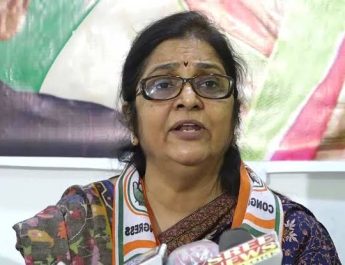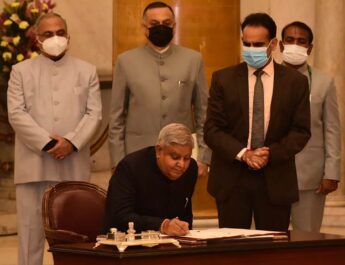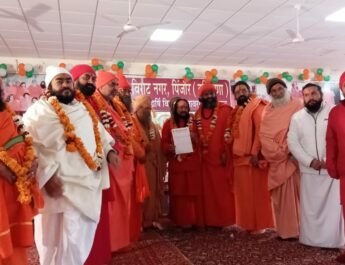Skeptics recall how this concept of the Grand Alliance was tried and tested in 1971 by fielding one common opposition candidate to oust then Prime Minister Indira Gandhi from power. They said the “Grand alliance” being built by Nitish Kumar would meet the same fate again in 2024.
In 1971, the one-point agenda of the opposition was “Indira hatao” (remove Indira) and it failed miserably since India voted for a strong leader and the same agenda is being pursued to remove Narendra Modi from the Prime Minister’s post.
An average Indian voter is aware that these political parties are bereft of any developmental agenda or vision. It is for their own survival and their dynasty to flourish that they are uniting to fight against a man who has the vision to make India a vibrant $5 trillion economy and a global super power.
It is also important to understand the fact that for any Government to be stable in Delhi, one of the two national parties need to have a minimum of 140 seats in the Lok Sabha. While the BJP under the leadership of Modi had crossed the magic number of 272+ on its own in the last two general elections the Grand Old Party could not even cross 10% of Lok Sabha seats in both the elections.
For the Congress to have any dream of unseating Modi from the Prime Minister’s chair its first focus needs to be on the states where it is in direct contest with BJP. There are 137 seats in states like Gujarat, Rajasthan, Madhya Pradesh & others where Congress cannot outsource its fight to any other party. While BJP won 121 out of these 137 seats in 2014 it increased its tally to 125 in 2019 pushing the fringe players like INLD at Haryana, CPIM in Tripura into oblivion.
Congress won just 8 seats in successive elections even after contesting all the 137 seats while BJP contested only in 132 seats in 2019. The reason for the free downfall of Congress party is its inability to set a narrative in these direct contests in spite of having a decent party infrastructure. The primary reason behind the Congress party’s victory in 2009 was the fact that it won 72 out of the 137 seats in 2009. There are no signs for the Congress Party to regain the lost ground in these seats.
The revival of Congress party in these 137 constituencies would also be directly impacting the saffron party and hence this should be the first focal point. As long as Congress party is unable to revive itself in this set of seats the dream of stopping Modi from occupying the PM chair for the 3rd consecutive time would only remain a dream.
While the 3rd forces are on the wane it is also significant to note that AAP is eyeing growth in these seats. Having achieved the national party status recently AAP would not leave the field open for Congress party in states like that of Gujarat & Goa where it has positioned itself as a 3rd entity. It is also important to note that AAP is dreaming to make inroads into states like Haryana, Madhya Pradesh & Rajasthan. It would be foolish to expect AAP to give a walkover for Congress since any revival of the Congress Party would shut the doors for AAP forever in these states.
Also, the infographics below showing the vote share in 8 states would indicate the Himalayan task ahead of the Congress party since it would need a swing of over 20% in many states to unseat BJP in 2024 which at the moment looks next to impossible.
###





